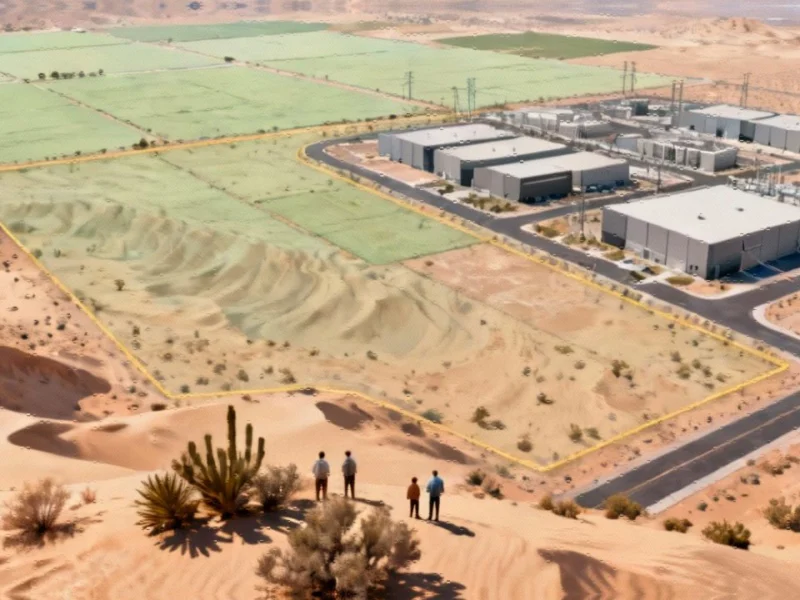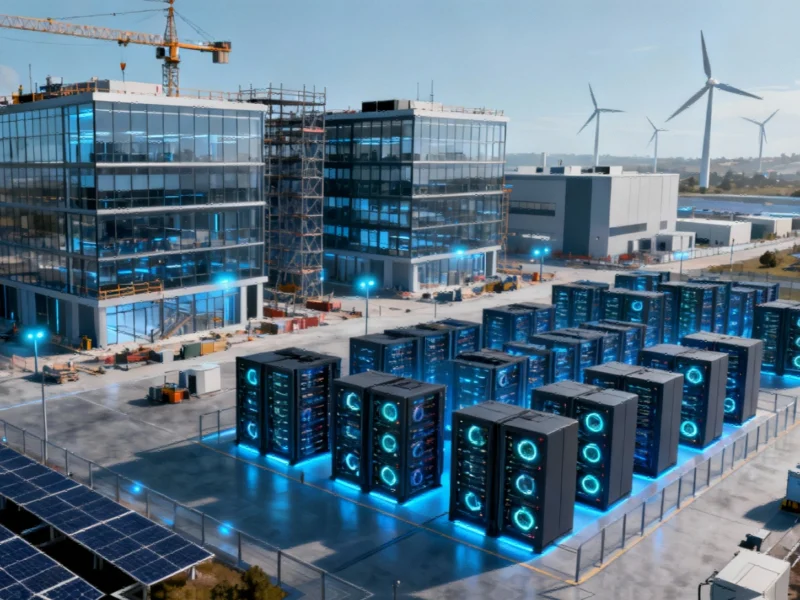Note: Featured image is for illustrative purposes only and does not represent any specific product, service, or entity mentioned in this article.
The New Standard in Data Center Infrastructure
Hyperscale data center operators are driving a fundamental shift in rack infrastructure standards, with the 21-inch format rapidly emerging as the preferred choice for next-generation computing environments. According to Omdia research, this larger rack format is projected to constitute over 70% of equipment shipped by 2030, marking a significant departure from the century-old 19-inch standard that has dominated the industry.
Historical Context and Modern Imperatives
The 19-inch rack standard predates modern computing, originating in railway relay systems before being adopted by telecommunications and eventually the IT industry. However, as computational demands have escalated—particularly with the AI infrastructure wave—the limitations of this legacy standard have become increasingly apparent. The constrained airflow and limited space for advanced cooling systems have pushed hyperscalers toward more capable alternatives.
Major cloud providers including Microsoft, Amazon, Meta, Google, and Oracle have already standardized on 21-inch racks, with Huawei making the transition as early as 2019. This collective move represents one of the most significant infrastructure shifts in recent data center history, reflecting how hyperscale data centers are transforming their physical infrastructure to meet unprecedented thermal management challenges.
Technical Advantages Driving Adoption
The expanded physical dimensions of 21-inch racks deliver multiple critical benefits for modern computing environments:
- Enhanced Thermal Management: The additional width enables superior airflow dynamics and accommodates larger fan arrays, directly addressing the cooling requirements of high-density AI servers
- Advanced Cooling Integration: Additional space facilitates more sophisticated power distribution systems and piping for direct-to-chip liquid cooling, essential for AI-optimized infrastructure
- Future-Proof Design: Backward compatibility allows existing 19-inch equipment to be mounted in 21-inch frames, while providing expansion capacity for next-generation hardware
These technical advantages come at a crucial time when security concerns around infrastructure management are increasing alongside thermal challenges.
Industry-Wide Ecosystem Development
The transition to 21-inch racks is being accelerated by broad industry support. Traditional server manufacturers including Dell and HPE are embracing the Open Compute Project’s (OCP) specifications, particularly the Data Center Modular Hardware System (DC-MHS). This modular approach enables component-level upgrades while maintaining consistent I/O configurations, representing a fundamental shift in how data center hardware is designed and maintained.
This infrastructure evolution occurs within a broader context of financial market dynamics that are influencing technology investment patterns across sectors.
Rack-Scale Architecture and AI Implications
Omdia anticipates that rack-scale server designs will become the de facto standard for cloud service providers, enabling pre-assembled racks of IT equipment to be wheeled directly into data centers. Nvidia’s DGX GB200 NVL72 exemplifies this trend, delivering complete AI computing solutions in integrated rack-scale configurations.
The timing of this transition aligns with the massive growth in AI server investments, which accounted for 66% of overall server spending last year. As hyperscalers and specialized AI cloud providers continue their spending spree, the 21-inch OCP rack format provides the physical foundation necessary to support these computationally intensive workloads.
These infrastructure advancements are occurring alongside broader societal considerations about technology’s role in modern infrastructure planning.
Manufacturing and Security Implications
The shift toward standardized, modular data center components has significant implications for manufacturing processes and security protocols. As organizations adopt these new standards, they must also contend with evolving threats, including the growing ransomware challenges affecting industrial computing environments.
Meanwhile, the software ecosystem is evolving to support these hardware transitions, with operating system innovations increasingly optimized for AI workloads and modern infrastructure management.
The Future of Data Center Design
The industry-wide embrace of 21-inch racks represents more than just a dimensional change—it signals a fundamental rethinking of data center architecture for the AI era. As thermal management becomes the critical bottleneck in computational density, physical infrastructure innovations are enabling the next generation of computing capabilities.
With all major hyperscalers now committed to the 21-inch standard and traditional server manufacturers following suit, the industry has reached a tipping point that will reshape data center design, cooling methodologies, and computational efficiency for years to come.
This article aggregates information from publicly available sources. All trademarks and copyrights belong to their respective owners.


